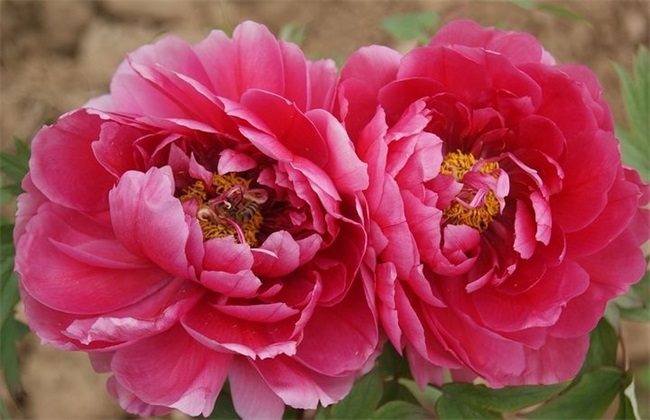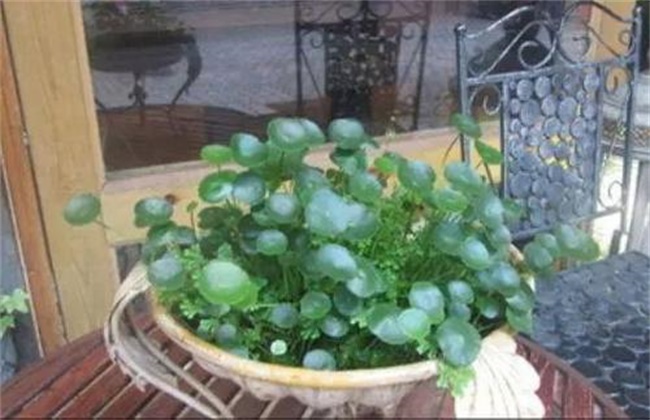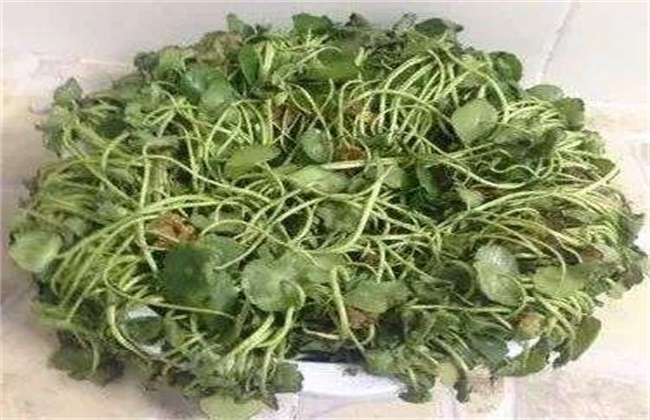What if the core of peony flower turns black?
Peony is a very common flower in China, and there are many people who breed it. During the growth period of peony, there are often many problems affecting the growth of peony. This leads to a decline in production and thus a decrease in ornamental value. The blackening of the peony core is one of them, so what if the peony core is blackened? The following editor will give you a brief introduction, let's have a look!

1. Pruning treatment
We should often observe the growth of peonies when we are conserving them. When the flower core is found to be blackened, it must be dealt with in time, if it is not dealt with in time, then the plant is very easy to be infected with diseases and insect pests, seriously endangering the growth of peony flowers, resulting in a decrease in ornamental value. It should be pruned frequently to improve the permeability between plants. Then it is found that the blackened part of the flower core should be trimmed off in time after blackening, so as to avoid the plant consuming too much nutrition, resulting in a decline in resistance and promoting the plant to gradually restore its original growth.
2. Lighting control
Light is one of the main reasons for the blackening of peony flower core. In the cultivation of peony flowers, if the light is insufficient or too weak, then it is also very easy to cause the core of peony flowers to turn black. When the flower core is found to be blackened, check the cause of the blackening in time, if it is caused by light. Then it is necessary to provide sufficient sunshine for the plant in time, promote the photosynthesis of peony, improve the flowering rate of peony, avoid and prevent the vigorous growth of peony and improve the ornamental value of peony.
3. Water and fertilizer management
Peony is the same as other plants in its growth, which is inseparable from the irrigation of water and fertilizer. If there is a lack of fertilizer and water in the growth, it is also very easy to lead to the blackening of the peony core. Therefore, when we are conserving peony flowers, we must pay attention to irrigating more fertilizer and water to meet the requirements of peony growth. If there is a blackening phenomenon, then it should be watered in time, but be careful not to flood irrigation, mainly drip irrigation with small water. Then it is necessary to apply nitrogen, phosphorus and potassium fertilizer properly, even if the peony has little demand for water and fertilizer, but the right amount of water and fertilizer is also very important for the growth of the peony.
4. Disease and pest control
Peony is often harmed by diseases and insect pests in its growth, which is also the main reason for the blackening of peony flower core. The blackening of peony flower core caused by diseases and insect pests will not only lead to a decline in ornamental value, but also seriously harm the normal growth of the plant, and sometimes lead to death. At this time, we should not only do a good job of pruning and ventilation, but also timely check specific diseases and pests, and then spray corresponding pesticides for pest control.
The above is a brief introduction to how to blacken the core of peony flowers. That's all for today's introduction. This article is for reference only. I hope it can be helpful to all of you.
Related
- Fuxing push coffee new agricultural production and marketing class: lack of small-scale processing plants
- Jujube rice field leisure farm deep ploughing Yilan for five years to create a space for organic food and play
- Nongyu Farm-A trial of organic papaya for brave women with advanced technology
- Four points for attention in the prevention and control of diseases and insect pests of edible fungi
- How to add nutrient solution to Edible Fungi
- Is there any good way to control edible fungus mites?
- Open Inoculation Technology of Edible Fungi
- Is there any clever way to use fertilizer for edible fungus in winter?
- What agents are used to kill the pathogens of edible fungi in the mushroom shed?
- Rapid drying of Edible Fungi



